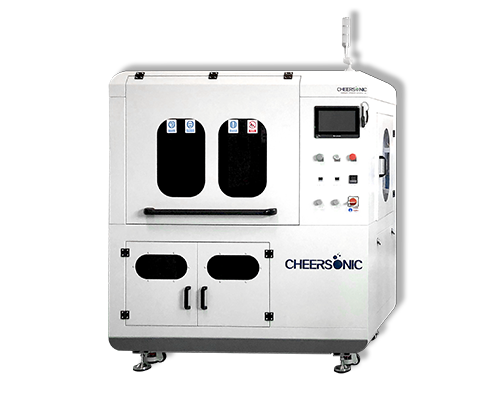Working conditions of perfluorosulfonic acid proton exchange membrane
Water transport in proton exchange membrane fuel cells involves two aspects, one is the drag of proton water from the anode to the cathode by electroosmosis, and the other is the diffusion in the opposite direction. The total flux of water transport is the sum of electroosmotic drag and reverse diffusion.

The water balance of the proton exchange membrane belongs to the category of water management. The water management of the proton exchange membrane is to maintain the “generated water + humidified water = discharged water” from the macro perspective of the proton exchange membrane.
In the above water balance, “generated water” is the product of the electrochemical reaction between fuel hydrogen and cathode gas oxygen, and it is a key factor in stabilizing cell operation. Perfluorosulfonic acid proton exchange membrane transport of protons requires protons to be in hydrated form, that is: protons will drag one or several water molecules across the membrane, and how many water molecules are dragged by each proton first depends on how many water molecules are present in the Nafion membrane . Therefore, the higher the degree of membrane hydration of protons, the higher the proton transport efficiency, the higher the ionic conductivity, and the better the cell performance.
However, if the water transport is unbalanced and there is an excess of liquid water in the system, flooding occurs, and the water covers the catalytic layer CL, preventing the electrochemical reaction of the reactive gas, and the ionic conductivity of the battery decreases instead, resulting in poor battery performance.
Therefore, for the perfluorosulfonic acid proton exchange membrane, the optimal working conditions are: under the condition of water equilibrium, the reaction gas without excessive liquid water is completely saturated.
Ultrasonic spray fuel cell catalyst coating system can produce highly uniform, repeatable and durable coatings. Our ultrasonic spraying can well control coating properties, significantly reduce material usage, and reduce maintenance and downtime.
Our company’s ultrasonic spraying equipment can be sprayed on a variety of different metal alloys, including the preparation of platinum, nickel, iridium and ruthenium-based fuel cell catalyst coatings, as well as PEMs, GDLs, DMFCs (direct methanol fuel cells) and SOFCs (solid Oxide fuel cell) manufacturing. The battery manufactured by this technology has the characteristics of high battery load and high battery efficiency.


